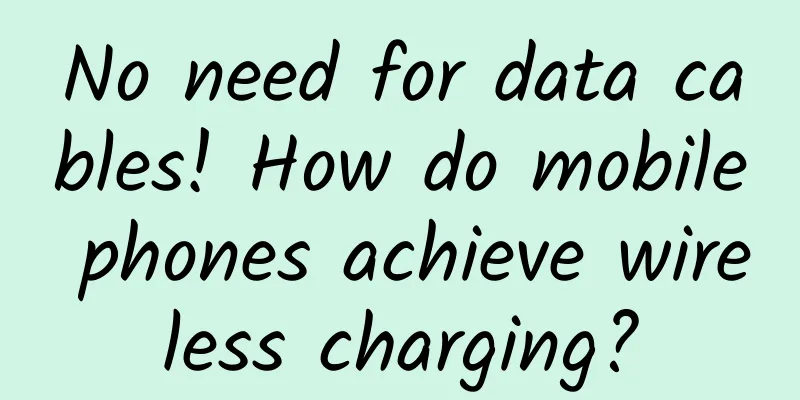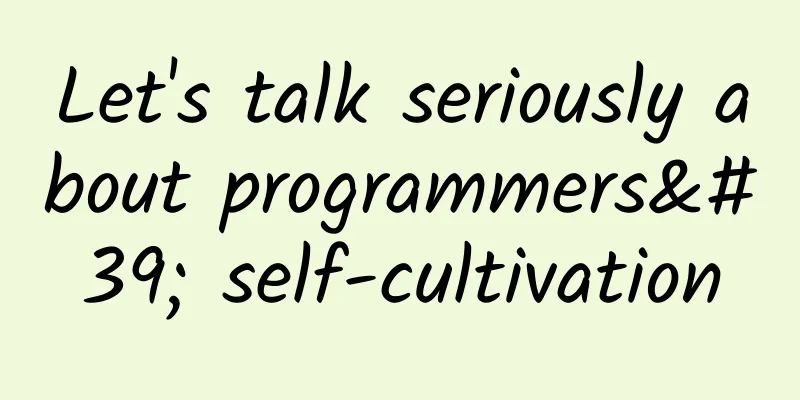No need for data cables! How do mobile phones achieve wireless charging?

|
Why can some phones charge wirelessly but others can't? Why is wireless charging slower? How does wireless charging work? At present, the most commonly used wireless charging method is mainly achieved through electromagnetic induction technology. Its charging principle is mainly the mutual conversion of electric field and magnetic field (that is, electricity can generate magnetism, and magnetism can generate electricity). After being powered on, the wireless charger will generate high-frequency electric energy. If you place your phone close to the charger, the magnetic field will change. When the phone senses this change, it can convert the electromagnetic energy into electric energy. In this way, the phone can be charged by simply placing it on the charging platform of the wireless charger. (ps: The charger still needs to be connected to a power source. There are also portable wireless charging power banks on the market.) Some friends may ask why some mobile phones can be charged wirelessly, but some cannot? The decisive factor here is whether the mobile phone has a coil installed. To achieve the conversion between electricity and magnetism, a coil is needed. The so-called coil consists of a transmitting coil and a receiving coil. Through the interaction of electromagnetic fields, electrical energy is transmitted from the transmitting coil to the receiving coil, thereby realizing wireless charging of electronic devices. Therefore, wireless charging can only be achieved if the wireless charging device and the mobile phone are equipped with coils at the same time. Why is wireless charging slower? Some friends who use wireless charging may find that the speed of wireless charging is relatively slow. What is the reason? In fact, part of the energy generated by wireless devices will be converted into heat energy, causing the charger and device to heat up. Therefore, the energy loss during charging is large, and the charging is naturally slower. In comparison, wired charging transmits energy through wires, and the loss is relatively small, so the charging speed is naturally faster. Are there any safety risks in wireless charging? Some friends have expressed concerns about the safety of wireless charging. So is it safe to use wireless charging devices for charging? First of all, wireless charging technology itself is safe. As long as the product is qualified, its radiation standards are within the scope of international safety regulations. Secondly, a certain amount of heat is bound to be generated during wireless charging. Will this cause safety issues? Generally speaking, wireless charging devices have temperature and voltage protection mechanisms. Once the temperature or voltage exceeds the safety threshold, the device will automatically stop charging to protect the user's safety. How to use wireless charging devices correctly? ①Don’t use a phone case that is too thick The transmission distance of wireless chargers is relatively short. If the phone case is too thick, it will increase the distance between the charger and the phone's sensing element, thus affecting charging. ②Keep the charging device clean and dry When using a wireless charging device, keep the device clean and dry to prevent water or other liquids from entering the device. ③Close to the charging area When using a wireless charger to charge, the back of the phone must be placed close to the charging area of the charger to ensure normal charging. ④Keep away from metal objects It is recommended that you do not stick metal sheets or metal brackets on the back of the phone, and do not place metal objects on the surface or near the charger to prevent the charger from automatically shutting down or causing burns due to excessive temperature. ⑤ Try to use original equipment It is recommended that you use the original charger and charging cable as much as possible to reduce potential safety hazards during charging. Have you learned anything about wireless charging? |
Recommend
What happened to those who loved drinking sparkling water?
In recent years, sparkling water has become incre...
QQ group new gameplay can realize automatic hanging money making, earning 100+ a day is very easy
QQ group is a relatively unpopular new way to pla...
Discussing APP user operation from the four elements of attracting new users, retaining users, promoting activation and generating revenue
" In the Name of People ", this fascina...
How much does it cost to develop a Tianhe e-commerce mini program?
Although mini programs have been around for quite...
How to increase user activity?
If the content of information products is not goo...
Why was iPhone 4 abandoned?
Apple did not completely ignore the consumer deman...
New Oriental: Tian Jing's core grammar and long and difficult sentences English 1 and English 2 courses
New Oriental: Tian Jing's Core Grammar and Lo...
Review summary: Why do cash loan products fail in operation?
This article is a review and summary of the failu...
China Petroleum Memorial Day | Why is oil so precious? Will it be replaceable in the future?
74 years ago today, the Yumen Oilfield was libera...
KOL Marketing: 4 Steps to Becoming a KOL
There are always many people who want to become K...
How did I make 10 million in sales from 4 live shows?
How did I make 10 million in sales from 4 live br...
Tencent CEO Ma Huateng: 100 million out of 500 million red envelopes were used to pay taxes
[[128624]] In between attending the two sessions ...
iOS: How to submit apps to the App Store
The process of submitting a new application is re...
30% more contagious than Omicron! Super mutant coronavirus strain lands in South Korea
◎ Science and Technology Daily reporter Xue Yan S...
Chen Tong's 1 billion US dollars was unsealed: the first investment was actually in Youku Tudou
Today's news said that the one billion US dol...









